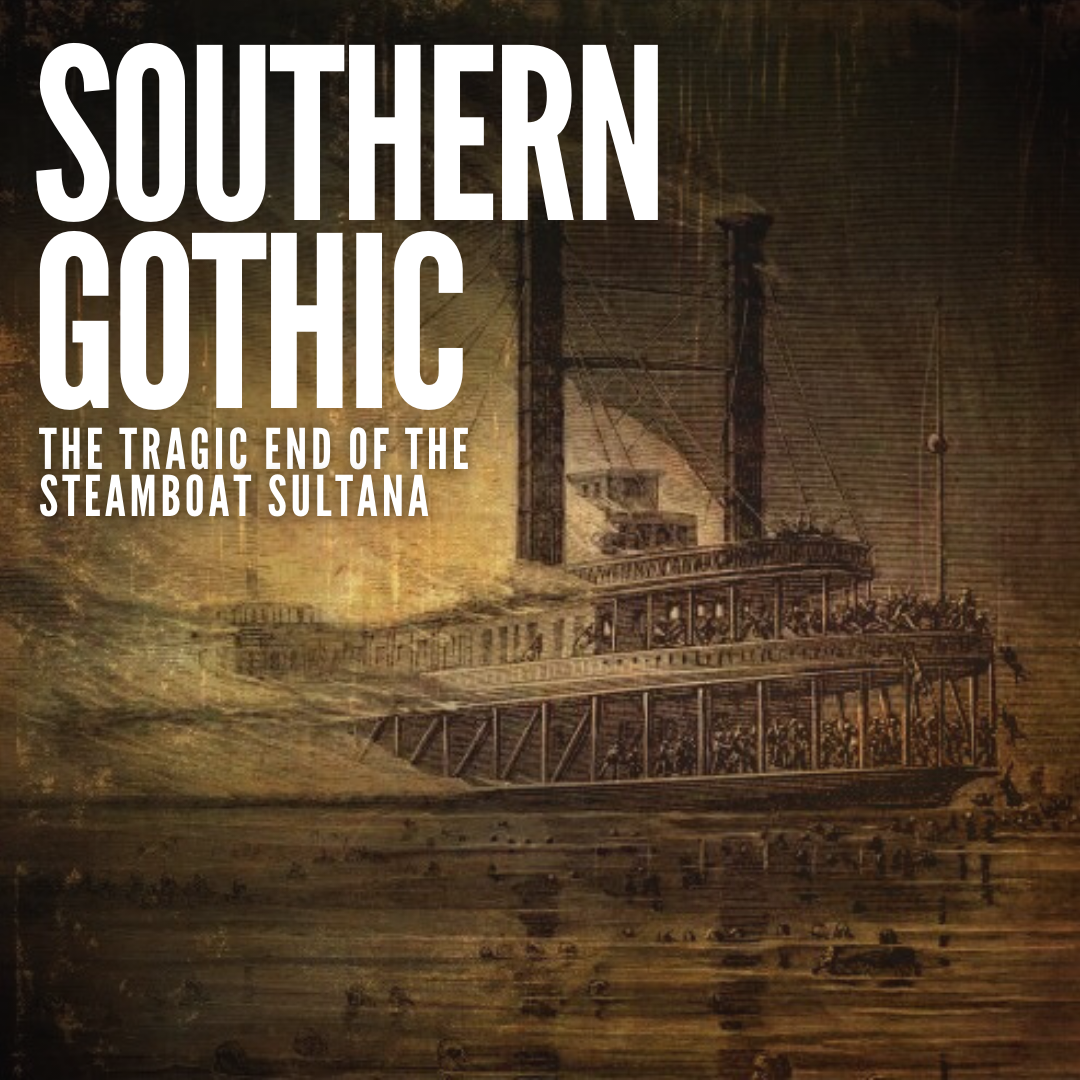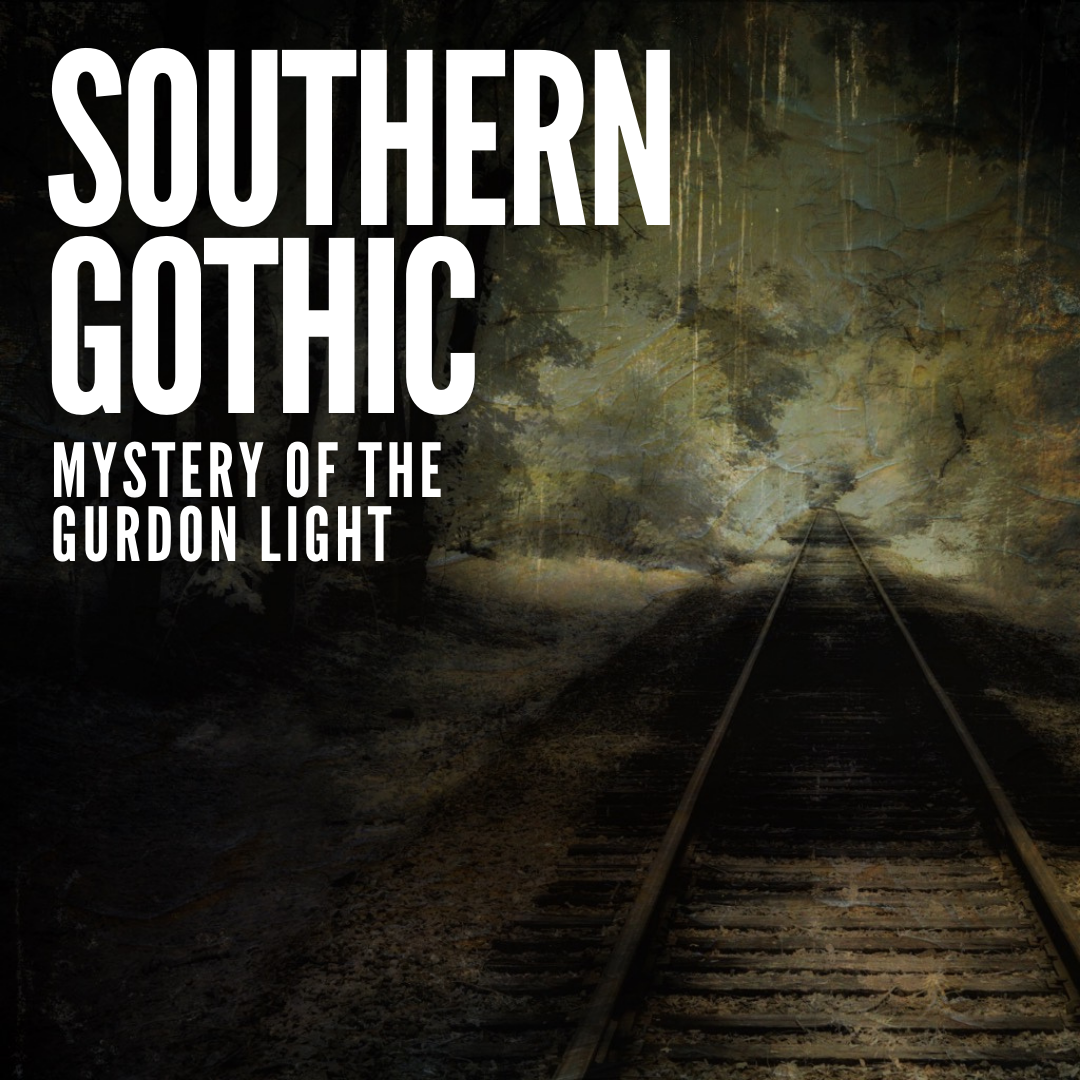““It is with rgret i rit the folling sad noos wee was on our way to Camp Chase, got this fare on the evning of the 26th an left here on the moning aft the 27th at haff past 2 o’clock, proseded up the river 8 mils when the billers burst tore the boat all to peses sot her on fier, and burnd her to the water. tha was 1975 Solders on bord of which about 1200 were drowned. i must Con fess tha to the best of mi noledg [knowledge] brother William [Pvt. William Cowan Pickens, Co. B, 3rd TN Cav.] is A mong the lost. i hav not hurd of him Sens the explosion took plase an i hav no hop [hope] of ever hering of him eney more.” ”

The Titanic of the Mississippi River
On April 27, 1865, tragedy struck the Steamboat Sultana, causing the worst maritime disaster in United States history.
Overcrowded with former United States prisoners of war finally returning home after surviving the Civil War and time in notorious Confederate prisons, the Sultana would never complete the journey north.
On their way home, the ship's boiler suddenly exploded, unleashing a catastrophic inferno that threatened the lives of everyone on board. Despite the magnitude of this disaster, it was overshadowed at the time by the assassination of President Abraham Lincoln just days prior.
Join us as we delve into the heartbreaking story of the Steamboat Sultana and the lives forever impacted by this forgotten tragedy.
Additional Links for this Episode:
Read the stories of Sultana survivors here.
Sources:
Berry, Chester D. Loss of the Sultana and Reminiscences of Survivors. Lansing, MI: Darius D. Thorp, 1892. GoogleBooks.
“The Disaster.” The Sultana Association. Accessed February 24, 2023. https://www.thesultanaassociation.com/the-disaster.
Elliott, Joseph Taylor. “The Sultana Disaster.” Indiana Historical Society Publications 7, no. 3 (1913). https://hdl.handle.net/2027/inu.30000132231808
Hamilton, Jon. “The Shipwreck That Led Confederate Veterans to Risk All for Union Lives.” NPR. April 27, 2015. https://www.npr.org/2015/04/27/402515205.
Huffman, Alan. Sultana: Surviving the Civil War, Prison, and the Worst Maritime Disaster in American History. New York: HarperCollins, 2009.
Potter, Jerry. The Sultana Tragedy: America’s Greatest Maritime Disaster. Gretna, LA: Pelican Publishing, 1997.
Salecker, Gene Erik. Disaster on the Mississippi: The Sultana Explosion, April 27, 1865. Annapolis, MD: Naval Institute Press, 1996.
“Stories from the Sultana.” The Sultana Disaster Museum. Accessed February 24, 2023. https://www.sultanadisastermuseum.com/stories-from-the-sultana.
“The Sultana Disaster.” American Battlefield Trust. Accessed February 24, 2023. https://www.battlefields.org/learn/articles/sultana-disaster.
Trudeau, Noah Andre. “Death on the River.” Naval History Magazine 23, no. 4 (August 2009): https://www.usni.org/magazines/naval-history-magazine/2009/august/death-river
























































